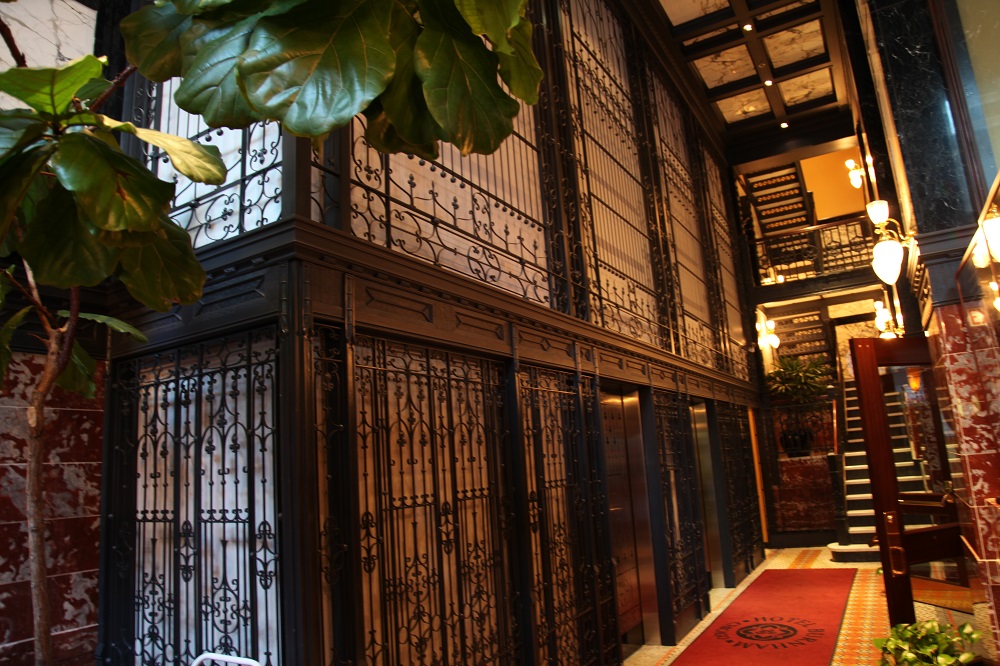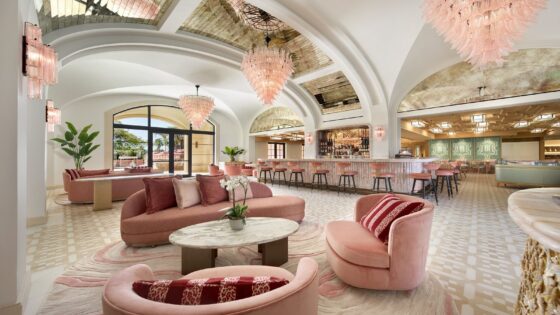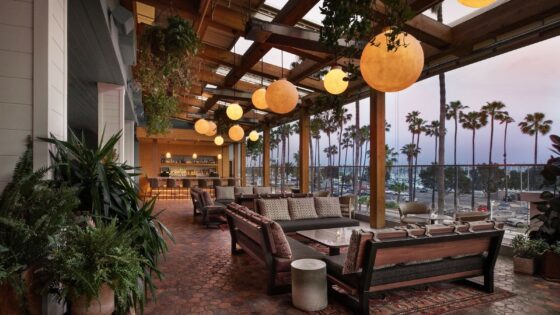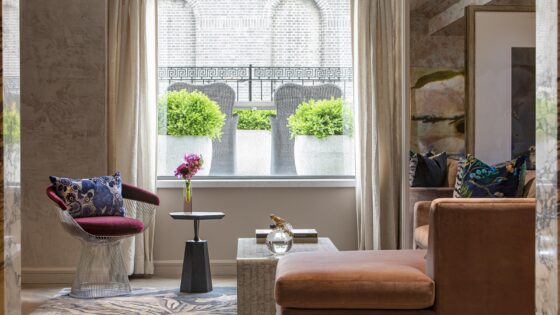We tend to think of the USA as a new country filled with new buildings. However the preservation of old buildings is as much an issue on their side of the Pond as it is on the European side. Chicago recently scandalised many in the American architectural profession by pulling down a series of Gropius buildings in Chicago, a city he settled in when finally forced to flee from Nazi tyranny in Dessau.
Despite the reputation of the Bauhaus, this was not the leading movement for which Chicago was known then or now. Whilst the name of Frank Lloyd Wright resonates, some of the names of architectural heroes in the city will be a little less familiar to Europeans. Despite the furore over the Gropius buildings the City of Chicago has shown remarkable determination to conserve its historic buildings and this determination led to Kimpton taking on the reputedly first steel framed glass walled skyscraper built for conversion into a boutique hotel.
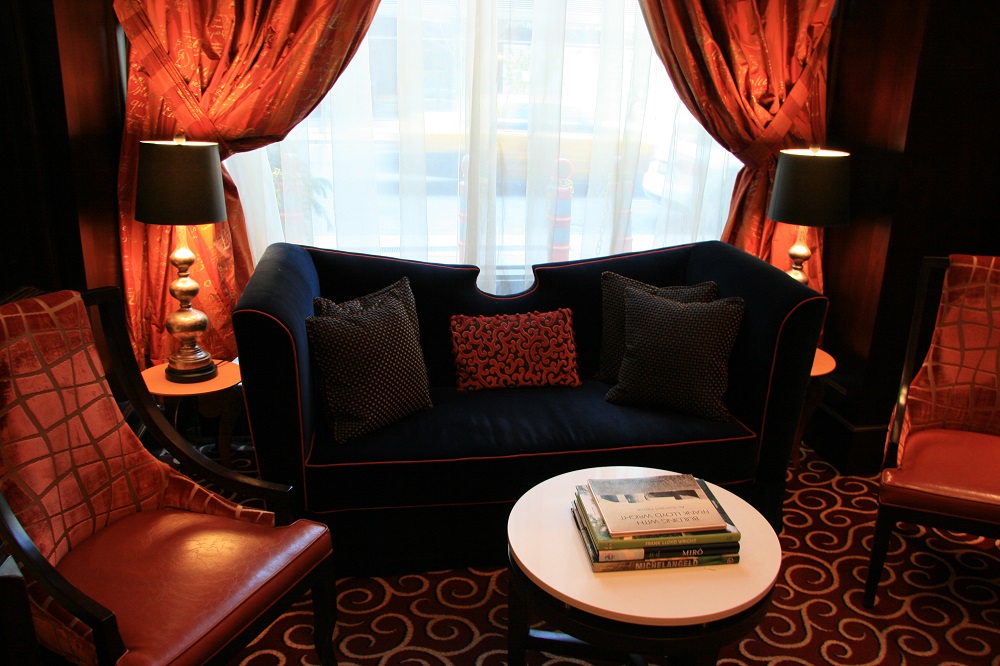
The Reliance Building, to give it its formal appellation, was started in 1890 by the architectural practice Burnham and Root. Daniel Burnham played a large part in the replanning of Chicago, a city that became famous for innovative architecture after the disastrous fire of 1871 that destroyed four square miles of the city. The fire (reputedly started when Mrs O’Leary’s cow kicked over a lantern) burned through a city largely made of wood, only stopping when it reached the shores of the Lake Michigan. The basement and ground floor of the Reliance Building were constructed in 1890 while the upper three stories of the building previously on the site remained suspended above on jackscrews. The addition of the remaining floors in 1894–1895 completed the building.
The building was significant because of the area of glass in the walls, made possible by the use of a steel cage construction. The original owner made lifts (elevators), given pride of place in the entrance, and it was also the first office building to boast a telephone in every office. Its glass and terracotta exterior and lightness because of the steel frame set the tone for the beginning of the skyscraper revolution. Bought and preserved by the city in 1993 the building was developed as a hotel in 1999 at a cost of $27.5 million, with Kimpton as its operator.
As a conservation project it is marked both by the work done by the city to preserve the structure and external features but also the work undertaken to replicate and restore the original interiors. Much had been destroyed but authentic elements remained on the upper floors. Terrazzo floors and marble walls and ceilings were cleaned and honed. Plaster, mahogany and glass were all restored whist the cast iron work of the lift shafts was replicated and restored to modern standards.
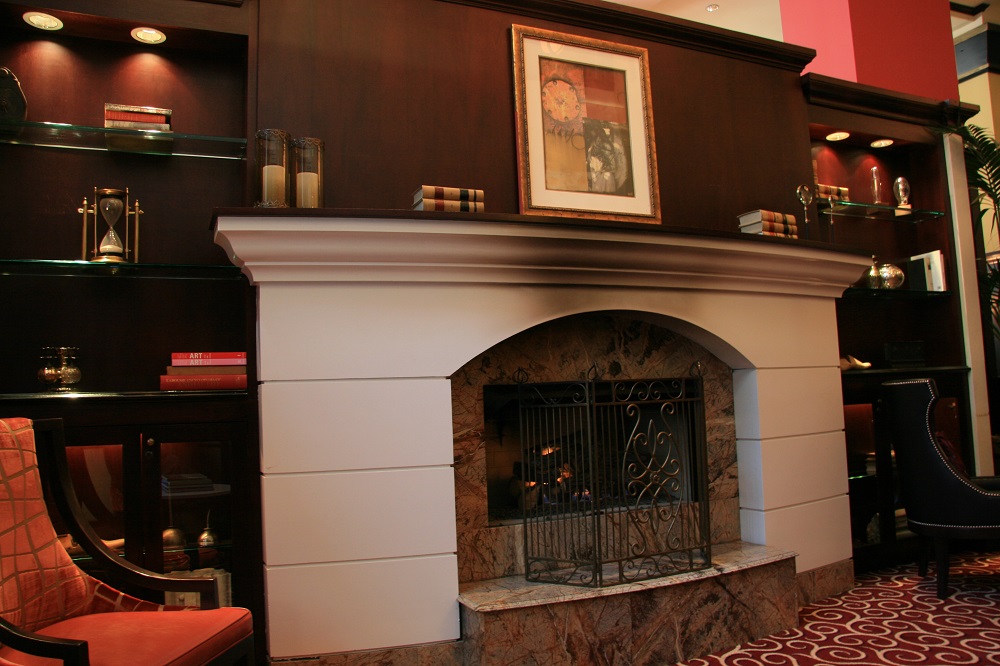
Externally the delicacy and grace of its exterior is equally as delightful today as it was stunning on its original completion. It had much the same impact on Chicagoans as the construction of Arne Jacobsen’s Royal, had on the citizens of Copenhagen in the 1950’s, when it was Scandinavia’s first skyscraper. The Burnham’s signature ‘Chicago’ windows fill the interior with natural light and give spectacular views down State and Washington streets. Not far from the contemporary verson, theWit and inside the Loop, the hotel is very popular and brings the Kimpton style to the city.
The hotel has a small footprint which limits the size of its popular restaurant and guests have to book for their tables to be available, especially on Sunday when it fills with local residents. With its free drinks hour for guests the public areas are busy, although clever design has fitted in a bar, an effective reception area and guest lounge as well as the restaurant. The space never feels cramped, helped by the huge picture windows to the street.
Stylish use of colour and good accent lighting lighten the spaces which feel almost Parisian in their bustle. Where theWit up the street also has a very successful bar restaurant combination, its feel is very American whilst the Kimpton succeeds in feeling closer to Continental European café culture, more cosmopolitan with its mix of dark wood, white table cloths and yellow lighting. Many floors have the original door and corridor features of the original office fit-out, carefully re-used, but space has been found for a small gym and a meeting room.
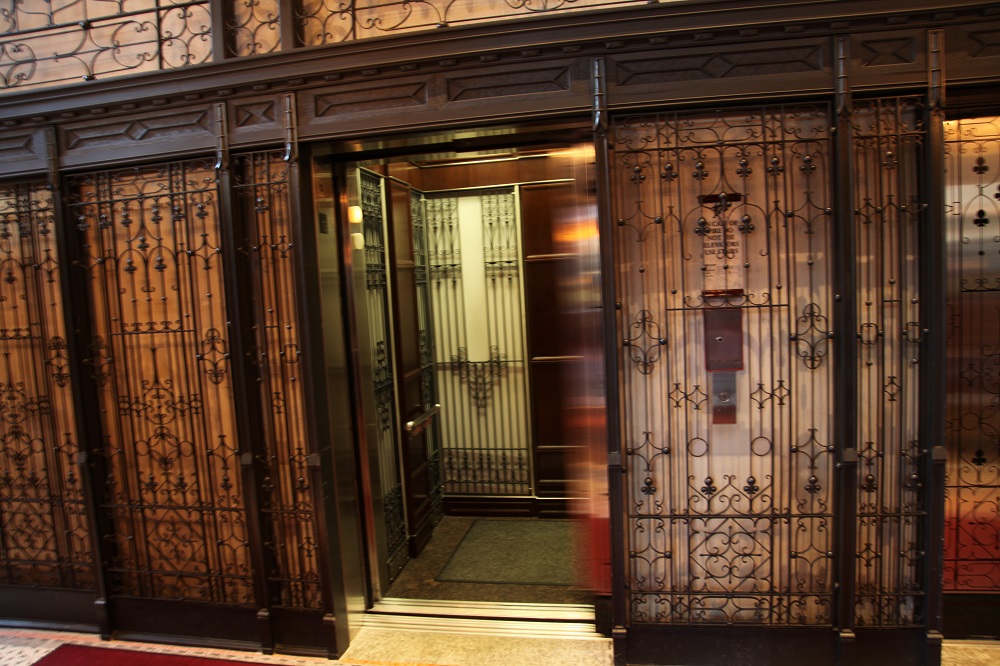
Rooms are stylish and comfortable as one would expect from Kimpton (see also Monaco). With 122 rooms including 19 suites this is not a small hotel by European standards, although the days when hoteliers would pretend they had 99 rooms rather than over a hundred so guest felt more at home, are long gone.
Bedrooms follow the normal layout, with the bathroom providing an acoustic barrier to the corridor areas. Carpet has replaced terrazzo on the floor although patterns are in keeping with the period of the property. Bedrooms all benefit from the large windows, perfect for watching Boston street life, or the views through to Lake Michigan and the Gehry auditorium defacing the park. Rooms blackout effectively and are provided with sheers for privacy.
As a European visitor I was somewhat taken aback by the unselfconscious way in which apartment dwellers in the city undressed oblivious (?) to the fact that they were in full view of neighbouring blocks. There is an intimacy in this city which is a little surprising! Either that or Chicagoans are closet exhibitionists set on making voyeurs out of maybe not so innocent tourists…

With the restoration concentrated on floor 7-14, where authentic part remained such as intact plaster ceilings, plate glass, interior store fronts, varnished mahogany doors and trim, one would expect considerable variation over the building. In fact the whole is in harmony and this historically important building has been treated with respect both by its designers, the builders and the operator alike.
Despite their mistake with the Gropius buildings full credit must go to the policies of the City of Chicago. Without their foresight in purchasing the building and ensuring that the major external features were restored and repaired prior to its purchase for commercial use an important corner of Chicago would have been that much poorer.
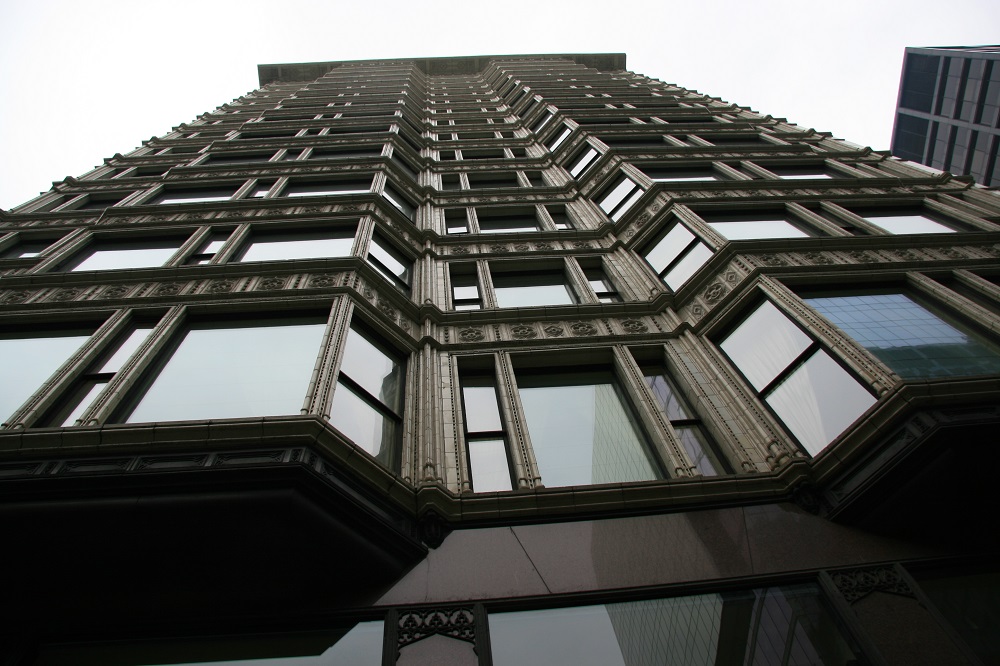
We think of ourselves in Europe as being sensitive to the preservation of the past. Chicago remains the inspiration it was to Vladimir Mayakovsky, Tatlin and other artists and poets of the Russian revolution who may well have had in mind the Reliance Building when they wrote of Chicago as a ‘shining city’. This is indeed a shining example of conservation as well as being a resounding advert for Kimpton as operator.
In this exciting cityscape it stands proud as forebear of all glass walled skyscrapers. It also stands as a quality building with a long life ahead of it.
Words and Images are © Patrick Goff

